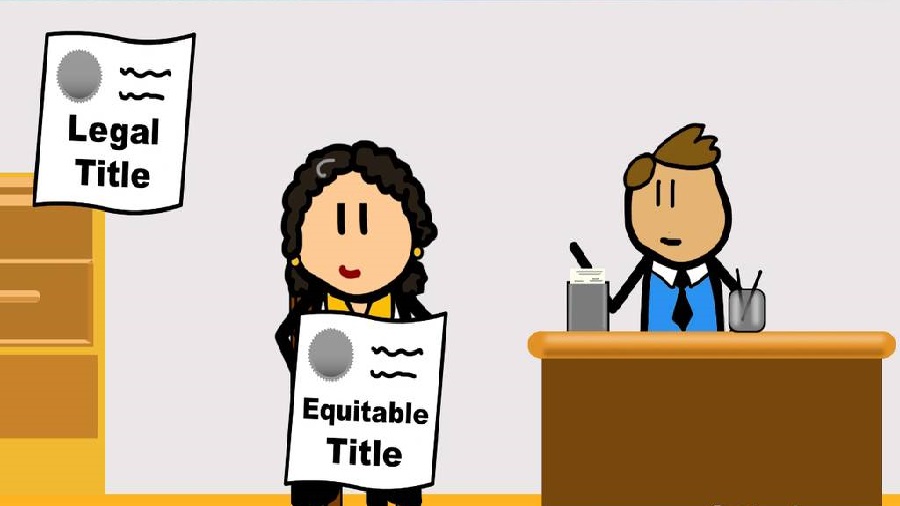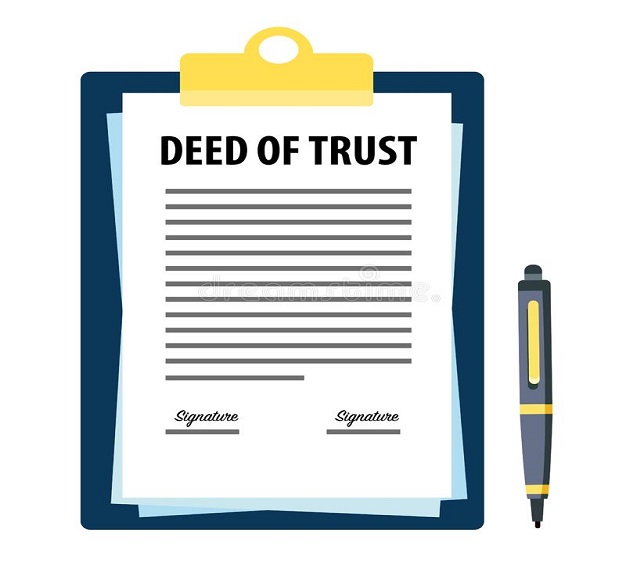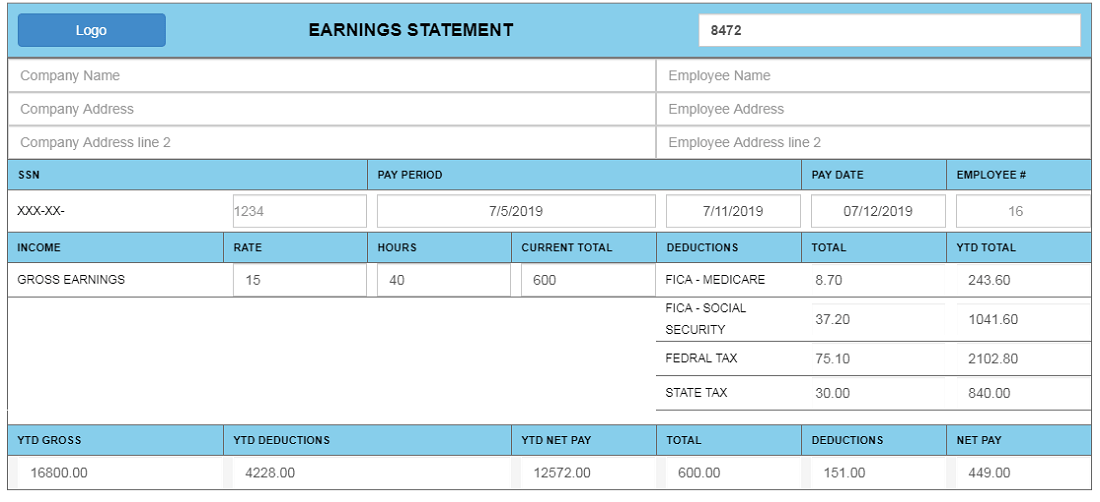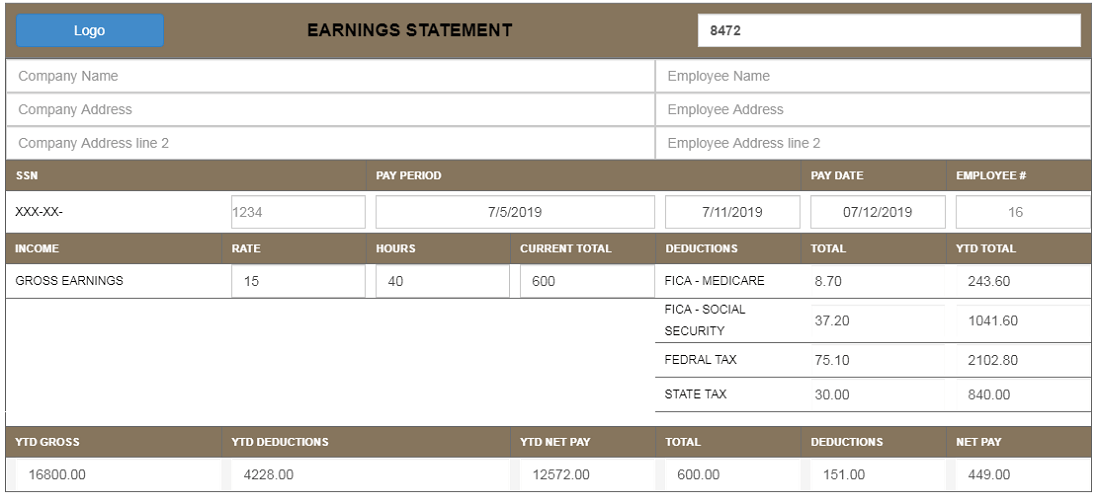

What exactly is a Deed of Trust?
A Deed of Trust is an arrangement between a lender and a borrower to place the legal title to the property being sold in the hands of a third party who will act as trustee until the borrower's debt is completely paid off.
It is to provide security for the loan by transferring the legal title of the property to the trustee. The trustee holds the title on behalf of the lender until the borrower repays the debt in full. If the borrower defaults on the loan, the trustee can initiate foreclosure proceedings on behalf of the lender.


Why is a Deed of Trust Form required?
The deed of trust is often created by the lender, who decides to put up the money in order to close the contract with the buyer. The Deed Trust Form file contains the legal documents that serve as collateral for real estate loans.
Make A Deed Of Trust FORM Now!
When is a Deed of Trust Form required?
The deed of trust is required by state law in various nations. It is one of the forms that must be signed by all parties at the time of the real estate closing. It is required when a lender and a borrower enter into an arrangement. To provide the third neutral party who acts as a trustee with legal ownership of the property until the borrower's debt is totally paid off.









